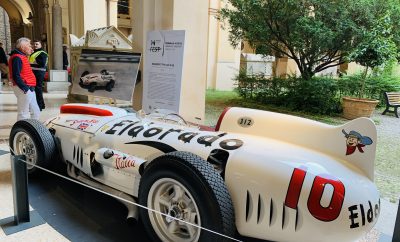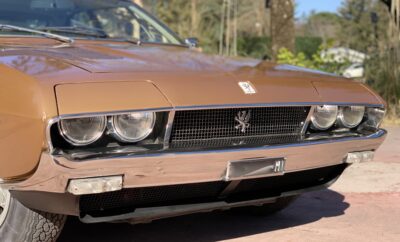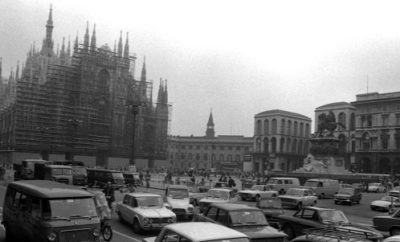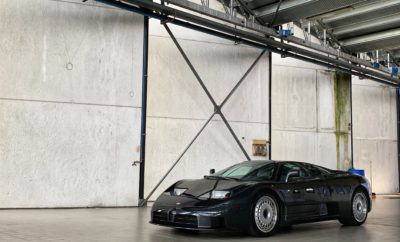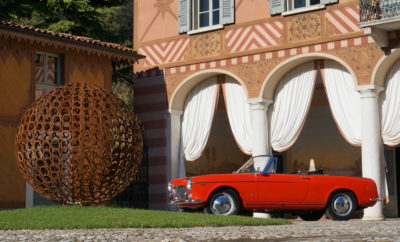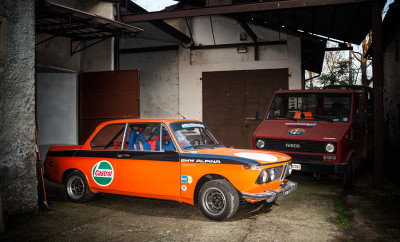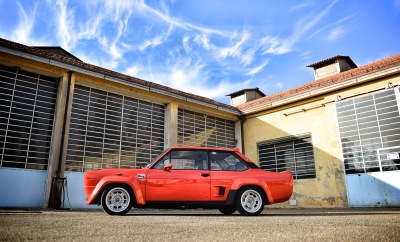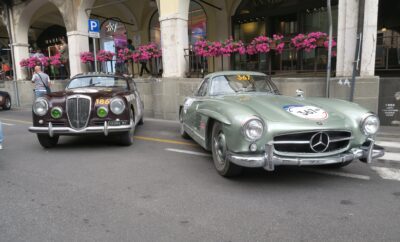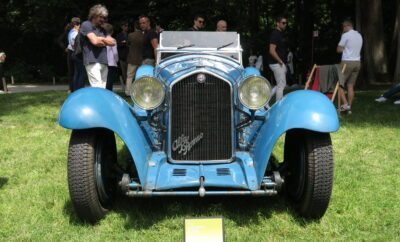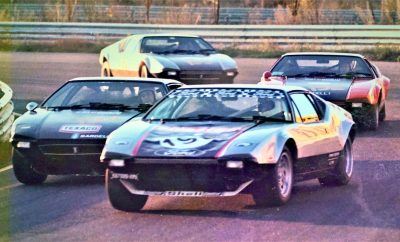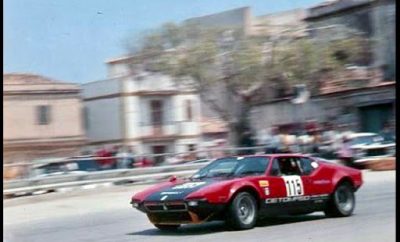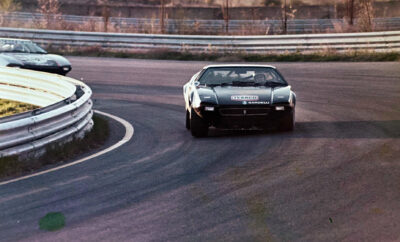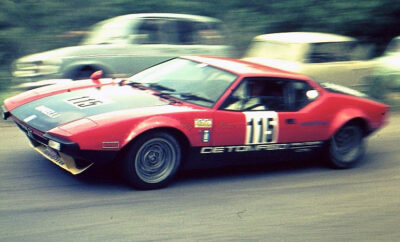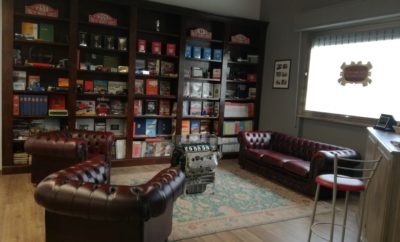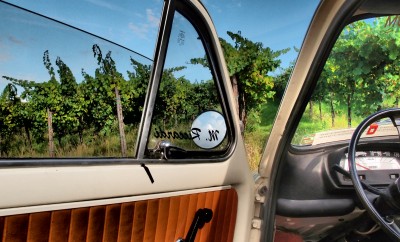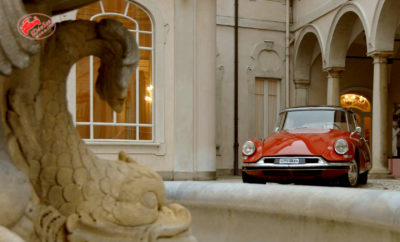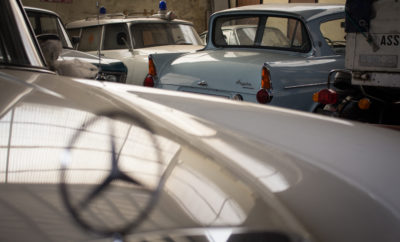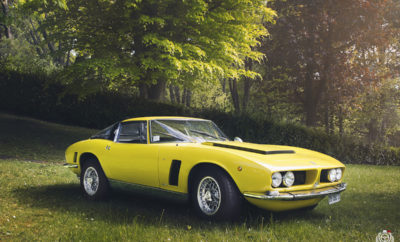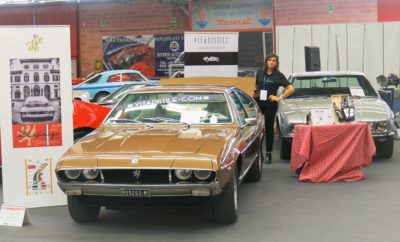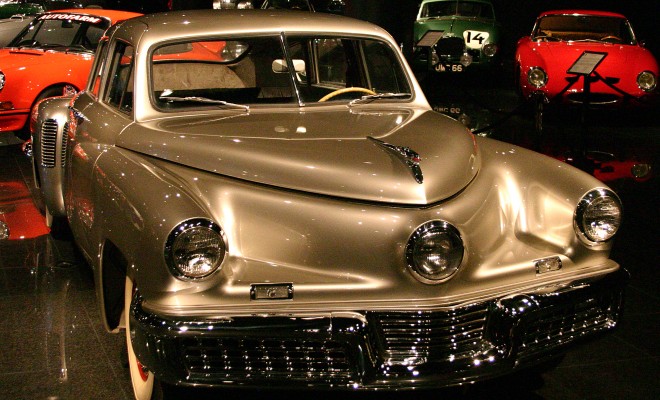
Auto
Tucker ’48: l’auto del futuro.
I assume that vintage car enthusiasts have recognized the car in the above picture…we are talking about the famous Tucker ’48, a car that went down in the history of the automotive world.
For those of you who don’t know the Tucker ’48 was conceived by PrestonTucker (a gifted American engineer and a brilliant entrepreneur), nevertheless the production of this car began in 1948 in Chicago. Initially this car was named Tucker Torpedo, but it was changed in Tucker ’48. (Preston Tucker did not want to remind people about the tragedies of the WWII, ended only few years before).
After the WWII the government of the United States auctioned off some disued arms industries; Tucker took the opportunity: he bought a military aircraft engine plant out and founded Tucker Corporation, which enabled him to enter in the automotive market.
The most recognizable feature of the Tucker ’48 is a directional third headlight, also known as “Cyclops Eye”. The headlight can be adjusted by the driver, in order to light the street. At the time, some stastes had laws against cars having more than two headlights; for which reason the third headlight came with a cover for the cyclops center light for use in those states.
Tucker ’48 features:
- a solid perimeter frame
- a shatterproof glass windshield designed to pop out in case of collision, in order to protect occupants
- a steering column that, in case of accident, would collapse and block itself to avoid driver’s injuries
- security belts
- a parking brake with a separate key to prevent theft
- all the controls were located around the steering wheel
- doors extended to the roof to ease entry and exit (a solution used way later by other automotive desingers)
- independent suspension which gave good control and drive stability even at high-speed (it seems that Tucker ’48 could reach a maximum velocity of 120 miles per hour, 193 km/h; extraordinary for a sedan of the late ’40ies)
All these revolutionary features earned Tucker ’48 the title of “automobile of the future”; nevertheless Tucker ’48 had no success; only 51 cars were made before Tucker Corporation folded.
It seems that the failure of this car was due to two main reasons: first of all, the ostracism of the other automotive designers, which had no intention to compete with Tucker, and besides, the project itself appeared, perhaps, a little too ambitious, especially in a particular period like it was the Second Postwar.
You may be wondering what happened to the 51 examples of Tucker ’48 ; well, 47 of them have survived, included the very first prototype, currently conserved by Swigart Antique Auto Museum in Pennsylvania. This prototype is known as “Tin Goose”, which is considered the “example zero”, whereas the other examples are identified by a serial number from 1001 to 1051; for which reason is better talk about fifty Tucker ’48, plus the Tin Goose, which was bought incomplete and was completed only in the ’80ies.
The evaluation of these very rare cars grows constatnly: the examples were sold or auctioned off a lot of times for hundreds of thousands of dollars; nevertheless the “record price” belongs to the example with the serial number 1038, which was auctioned off, in the 2008, at a starting price between 500,000 – 600,000 dollars, but was awarded for over one million dollars. Nowadays, most of the 47 survived examples of the Tucker ’48 are conserved by museums, while few are property of private citizen.
In 1997, Rob Ida Automotive began to work on a replica of the Tucker ’48, which culminated in the release of 2001 Ida Automotive New Tucker ’48. Ida has built three cars.
Who was Preston Tucker? Let’s try to know a little bit about the “father” of the Tucker ’48.
Preston Thomas Tucker was born on September 21, 1903, in Michigan. Tucker lost his father when he was very young (only 2 years old), so he was raised by his mother who was a teacher. The passion for automobiles was, already, well established in Tucker, since when he was young; he learned to drive at 11 years old, and when he was 16 he began purchasing automobiles, repairing and refurbishing them and selling the cars for a profit.
At the age of 19 Tucker joined police department (against the pleas of his mother) driven by his curiosity to drive police autmobiles and motorcycles, capable of higher performances than common ones. In 1923 Tucker got married and with his wife run a gas station and worked at Ford. Tucker worked also as automobile salesman in various companies. Tucker’s passion for race cars brought him and his wife to Indianapolis, where he worked as engineer and racing cars designer, collaborating with important personalities such as Harry Miller, the Chevrolet brothers, and many others. Tucker had the chance to work, also, as military engineer, designing and developing a lot of military vehicles; he designed a tank named “Tucker Tiger” in his honour.
Tucker worked again in the automotive world when formed the Tucker Corporation. The U.S Securities and Exchange Commission started an inquiry, which lead to the failure of the corporation, in 1950, even though Tucker was acquitted.
Preston Tucker died on December 26, 1956.
We suggest you to watch the film “Tucker: The Man and His Dream”; a biographical movie (directed by Francis Ford Coppola) about the story of Preston Tucker and his attempt to produce and commercialize the Tucker ’48.


